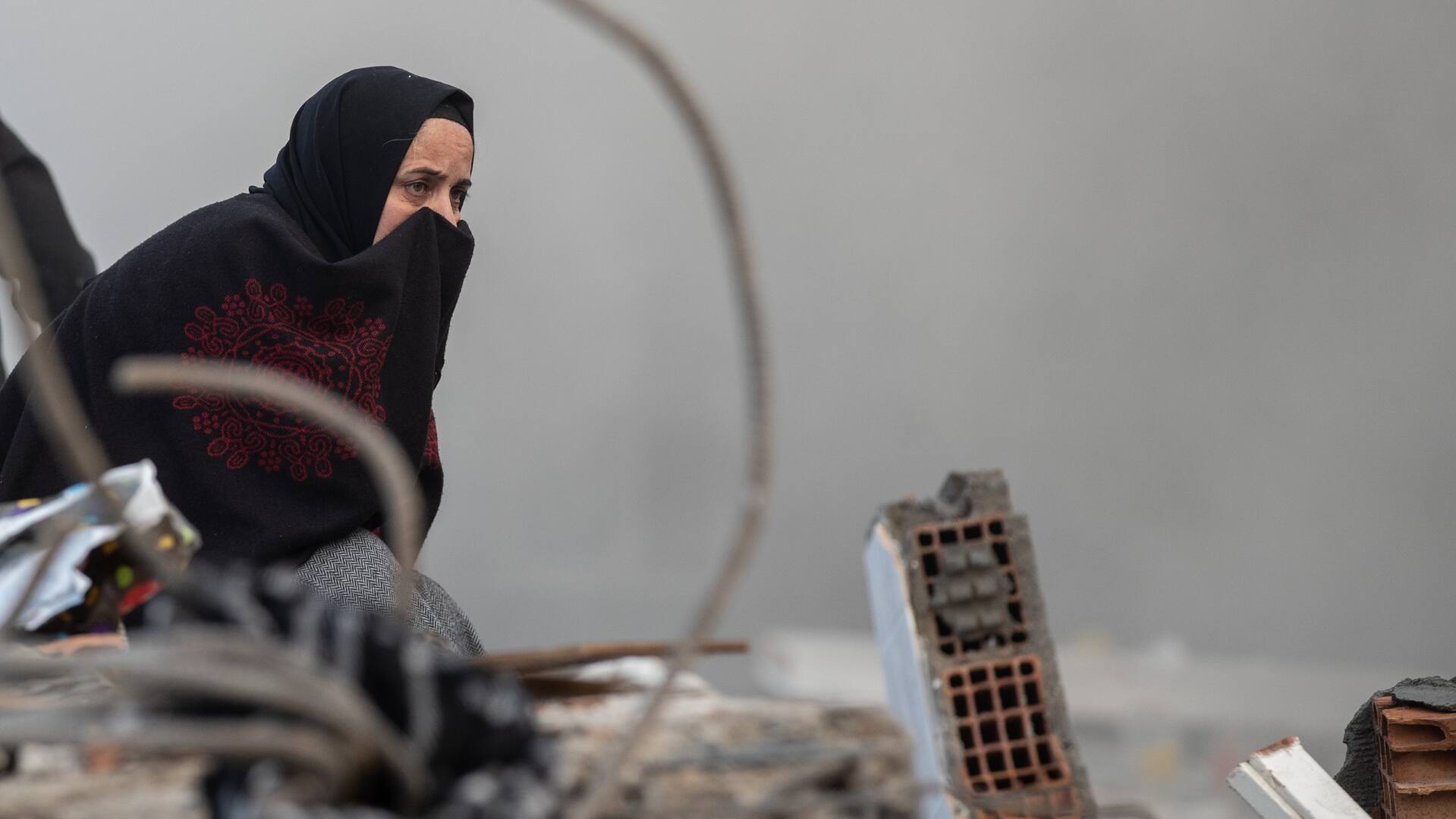[ad_1]
The high death toll from the massive earthquake in southeastern Turkey and northern Syria is a result of the poor structural integrity of thousands of buildings, experts say.
This is why Istanbul, a city of 15 million people predicted by geologists to be hit by a powerful earthquake, could experience tens of thousands of deaths unless there are thousands of buildings in the city that are not earthquake-resistant or resistant. .
“What we saw today [southeastern] Turkey is just a preview of what will happen in Istanbul,” said Ihsan Engin Bal, professor of the Earthquake Resistant Structures Research Group at Hanze University of Applied Sciences in the Netherlands.
“I’m not saying what could happen. I’m saying what will happen. What’s going to happen in Istanbul is bigger than this. Much bigger.”
While efforts have been made to modernize the building code and protect against tremors, researchers say there is a big challenge getting old buildings safe enough to withstand earthquakes.
Near the main fault line
More than 16,000 people have died as a result of the 7.8-magnitude tremor that struck earlier this week about 26 km east of the Turkish city of Nurdagi at a depth of about 18 km on the East Anatolia Fault.
Turkey is located on two major fault systems, the North Anatolian Fault and the Eastern Anatolian Fault, making it the country in the region with the greatest risk of earthquakes. Earthquake researchers predict that an earthquake of magnitude 7.0 or stronger will hit Istanbul, which is close to the North Anatolian Fault, within the next 70 years.
“If that happens, we’re talking hundreds of thousands [of fatalities] potential because of the population of Istanbul. And the buildings are not ready yet,” said Joanna Faure Walker, professor of earthquake geology and disaster risk reduction at University College London’s Institute for Risk & Disaster Reduction.
“It’s always somewhere [geological] the community is worried because the earthquakes continue and because buildings in Istanbul are not designed to withstand earthquakes.
Estimates vary on the potential loss of life in the event of an earthquake in Istanbul. The Municipality of Istanbul conducted its own study which estimated that 14,500 people would die in the event of a 7.5 magnitude earthquake overnight. One study by a group of European researchers estimated that 30,000 to 40,000 would die.
But Bal believes that the estimate is low, with his own study he estimates that 47,000 buildings will be destroyed, with the possibility of 150,000 people being killed.
It looks very vulnerable
The problem in Istanbul is the same problem found in this latest earthquake – many buildings in Turkey appear to be very vulnerable.
Just from his initial observations of the damage, Faure Walker said that the damaged buildings seen in the pictures and videos appear to lack basic earthquake-resistant structures, such as reinforced concrete or bracing columns.
Another problem, he said, is the problem of “sticking,” where actually the interior of the building is collapsing, a sign that the floor and internal structure are not strong enough with the exterior walls.
“If it’s in the middle of the night, it’s very difficult for people to escape because when a building collapses in that way, the gap is so small that it actually crushes something.”
Jerome Hajjar, professor and department chair of the civil and environmental engineering department at Northeastern University in Boston said that some of these structures only have concrete or slightly reinforced masonry. They also do not have steel reinforcement.

“And these types of structures are known to have a vulnerability to large earthquakes,” he said.
Many houses in Turkey were built in the 1970s, 80s and 90s, before international standards for earthquake-resistant buildings were established, Bal said.
It’s unclear if the new rules will work
But the 7.4-magnitude earthquake that struck the western city of Izmit in 1999, which killed more than 17,000 people, prompted new rules and stricter seismic codes in Turkey, he said.
“After 2000, I can’t claim it’s still ideal, but it’s better than before,” Bal said.
However, he said that from looking at the videos and pictures of the recent earthquake, “the building that was built, just a year ago or less also collapsed. That should not happen”
“If the building is built according to the latest seismic regulations, even if there is a big earthquake, it will probably suffer severe damage, but it will remain standing, not collapse.
“So that’s surprising to me. That tells me that in that region, or maybe in all of Turkey, the regulations and controls are being loosened again.”
Rescue workers in Turkey rushed to rescue people still trapped in the rubble of Monday’s massive earthquake. The next challenge is to provide shelter for the thousands of people who have lost their homes.
Walker said an investigation should be carried out to see how many modern buildings were destroyed.
“Is the code not strict enough or are people not following the code? And if they are not following the code, is it because of a lack of enforcement, is it because of a lack of funding?”
However, according to Bal, the majority of the buildings that collapsed in this earthquake were built before the 2000 regulations came into force. So what can be done with these structures?
Retrofitting the building to meet seismic code is always a possibility. But there are thousands of such buildings; it will be very expensive and many buildings are generally in poor shape, Bal said.
“And it doesn’t make sense to spend a lot of money to renovate a beautiful building.”
However, there should be some incentive for people to rebuild or move to safer places, he said.
“The number of buildings in this category is very large. The resources in terms of time, people and money will not be enough to do it in a short time. In addition, it requires excellent planning and incentives that can run for decades,” Bal said. .
[ad_2]
Source link
